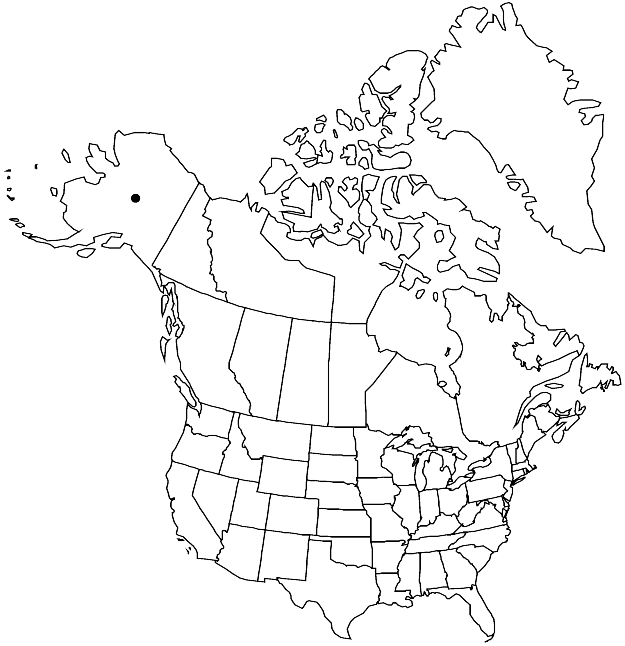Difference between revisions of "Pylaisia steerei"
Arctoa 10: 174. 2001.
imported>Volume Importer |
imported>Volume Importer |
||
| Line 52: | Line 52: | ||
|publication year=2001 | |publication year=2001 | ||
|special status= | |special status= | ||
| − | |source xml=https:// | + | |source xml=https://bitbucket.org/aafc-mbb/fna-data-curation/src/2e0870ddd59836b60bcf96646a41e87ea5a5943a/coarse_grained_fna_xml/V28/V28_881.xml |
|genus=Pylaisia | |genus=Pylaisia | ||
|species=Pylaisia steerei | |species=Pylaisia steerei | ||
Latest revision as of 21:38, 5 November 2020
Plants yellowish or whitish. Stems terete-foliate, regularly pinnate, branches 5 mm, creeping or rarely ascending and curved, ± complanate-foliate, partly subjulaceous; pseudoparaphyllia triangular, long-acuminate. Stem and branch leaves well differentiated. Stem leaves substraight to falcate, broadly ovate-lanceolate, gradually narrowed to apex, concave, not plicate, 1.4–1.6 × 0.4–0.7 mm; margins plane, sometimes slightly involute distally; acumen long; costa double, short; alar cells 10–15 along margins, in 5–10 rows; medial laminal cells 40–60 × 4–5 µm. Branch leaves narrowly ovate- to oblong-lanceolate, smaller, 1.2–1.4 × 0.3–0.5 mm. Seta 0.7–1.1 cm. Capsule erect, oblong-cylindric, 1.1–1.9 × 0.4–0.6 mm; exothecial cells rounded-rectangular; operculum conic, obliquely short-pointed; peristome perfect, long; exostome teeth lance-subulate, 0.3 mm, base 80 µm wide, roughly papillose distally; endostome free, basal membrane well developed, segments linear-subulate, longer than exostome teeth, 0.4–0.5 mm beyond mouth, papillose distally, not perforate, never split, cilia simple. Spores 15–18 µm.
Phenology: Capsule maturity unknown.
Habitat: Rotten logs and base of tree trunks, forests
Elevation: moderate to high elevations
Distribution

Alaska, Asia (nw China, Russian Far East).
Discussion
Pylaisia steerei is the closest relative of P. polyantha. Ando and Higuchi provided full illustration, SEM micrographs of the peristome, and a detailed discussion of this species. In the flora area it is known from only three localities in Alaska. The capsules are somewhat widened at the base.
Selected References
None.